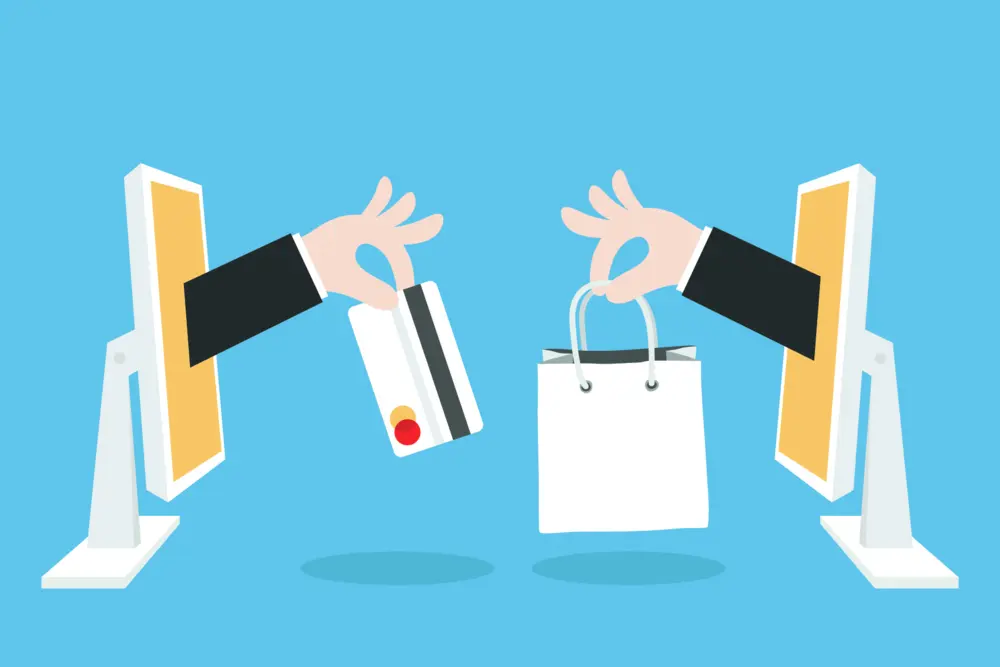On a global level today, the popularity of marketplaces online and e-commerce businesses is peaking at its highest level. Now, to understand how to incorporate the growing trend of digitization into your business for maximum benefit, you need to first analyze where you stand and how you can develop a strategy that can streamline your operations with increased efficiency.
With a more personalized experience offered to consumers through the D2C model, the retention rate and satisfaction levels are higher.
What is Direct to Consumer Model?
In the traditional marketplace scenario, only a limited number of methods were available with the sellers to reach their customers, the most popular one being an elongated chain of supply in the production process. This chain included wholesalers and retailers for most businesses. However now, with the increasing awareness and advancement in technology available at our disposal, the most recent addition that is catching the eye of every brand today is direct to consumer supply chain model.
All About Direct To Consumer Method
One of the most trending business strategies for 2021, the direct-to-customer model is a different communication channel under a business model that has no middlemen involved in the entire sales process. The exact meaning is the same as the name suggests that the products are directly delivered to the customers, without the help and support of intermediaries like retailers and wholesalers. The root causes that encouraged the growth of this model are firstly the growing gap between the consumers and brands and the lack of personal touch between the two stakeholders. The second is the global pandemic that further forced the businesses to adopt a more direct process for sales, especially since the brick and mortar stores were forced to stay shut.
The main idea of the direct-to-consumer model is to remove the concept of outsourcing in the sales process completely by directly supplying the end products to the consumers. This model is not only convenient for small or new businesses, but it is also highly beneficial for the big brands as it reduces the numerous potential pain points for the customers, directly improving and enhancing the consumer experience efficiently.

Problems With Intermediary Involvement
Before we list down the numerous benefits of this direct-to-consumer model for sales, let us first understand the various potential concerns or downsides for brands when they involve intermediaries in the sales process.
No Direct Control
Loss of control over the brand performance as no matter the quality of the production, if the products do not reach the consumers in time due to a wholesaler or retailer issue, the name of the brand as a whole goes down. Moreover, the dependency for adequate inventory management is also higher and not in your control, making it difficult to control the sudden surge in demand or shortage in supply.
Layered Sales Process
The most important thing for the consumers today is not just the quality of the products delivered but also the entire process efficiency. The shorter the journey of making a purchase, the happier the customer is. However, with the involvement of wholesalers and retailers in your sales process, the number of pain points that can arise for the consumers can increase.
Lack Of Personal Touch
Another downside of involving too many intermediaries in the sales process is the lack of customer interaction with the main brand. This directly impacts the brand image invoice us the end customer experience is not satisfactory for most.
Negotiations And Profit Sharing
With the involvement of multiple intermediaries in the supply chain, the need for constant negotiations and profit-sharing is as everyone involved will have their say, their demands, and ways of working. This increases the lead time for delivery and also reduces the overall profit you earn as the brand.
Benefits Of The D2C Model
There are multiple reasons why you should consider incorporating the direct-to-consumer model for your sales and some of them are as follows.
Complete Control
One of the biggest advantages of including the direct to consumers model for your business is that you get complete control of your operations and the entire supply chain. This is necessary to ensure that the brand voice and name stay constant and the quality is never taken for a toss. Complete control also allows you to plan well and come up with unique strategies to enhance your consumer experience.
No Profit Sharing
Another reason why the D2C is beneficial is that all the profits made or revenue is completely yours. In simpler words, you earn better revenue and stand a chance for higher profits as you reduce the number of middlemen in the supply chain, which would otherwise eat up your profits as payments.
Better Demographical Targeting
Those dealers and retailers usually have traditional brick-and-mortar stores and locations that might not always be demographically appropriate for your specific target audience. However, with the direct-to-consumer model, you can specifically target your audience with the help of numerous technologies to improve your brand performance significantly.
Increased Customer Engagement
Direct to consumer model also means that you have a direct line of communication for your consumers that can be used in any manner. You can use it to either educate the customers about your brand and the products or services or keep them engaged with your brand to analyze their shopping trends and buying habits that are necessary to align their needs and your brand in sync.
Conclusion
To conclude, the need of the hour is to adapt to the technological advancement era as fast as possible to stay competitive and survive the market dynamics during complete digitization in the future. For every business it is a must to understand what is a dtc business model. The direct-to-consumer model is not another supply chain adjustment, but an individual idea that opens up more profitable opportunities for brands and businesses. Additionally, the approach of omnichannel sales i.e. a mix of both brick and mortar stores as well as online sales is the next big thing that promises the best customer experience. You can easily use it to your advantage and create a more personal relationship with your customers to understand their needs and wants better and deliver exactly what they need, directly creating a brand name for your business along with increasing the chances of customer loyalty.
We hope that this blog post has helped explain what is direct to consumer[a1] business model. ZapInventory is an integrated, multi-channel inventory management software for businesses of different sizes, especially eCommerce businesses to help them manage their inventory across all their sales channels. They also offer a FREE trial of the platform, and if you’d like some additional help in getting to know the platform, just schedule a call here.
 Start using ZapInventory today
Start using ZapInventory today

